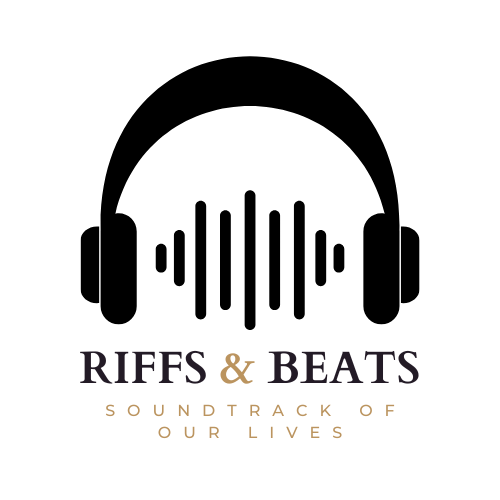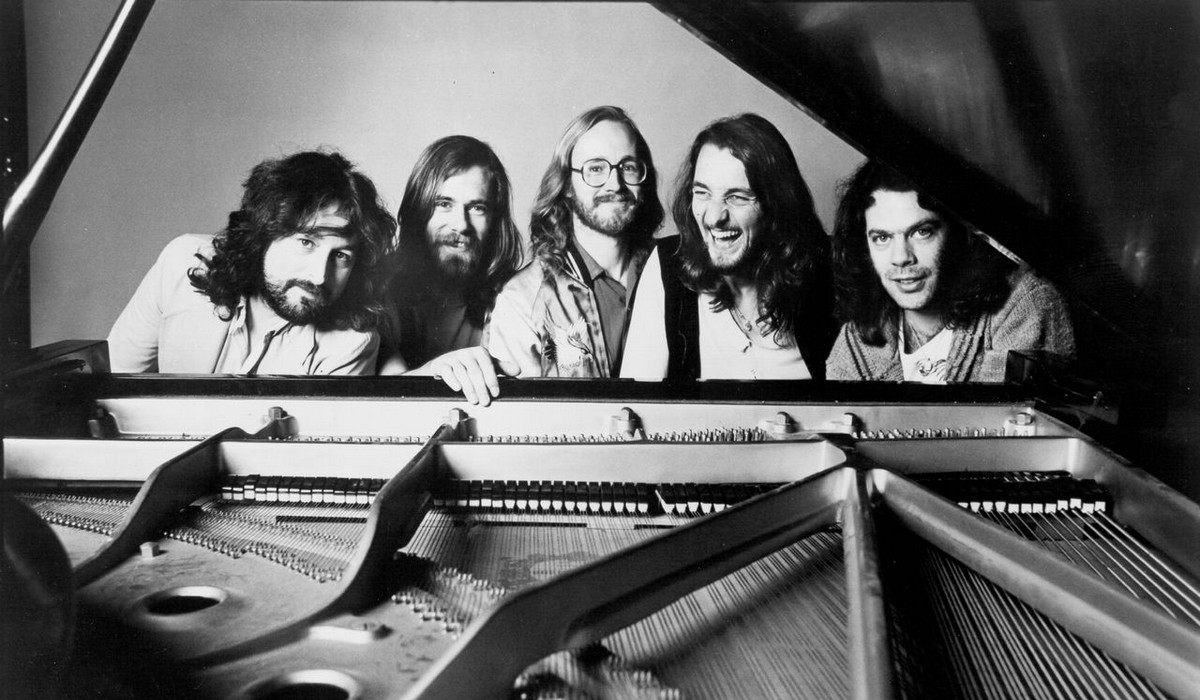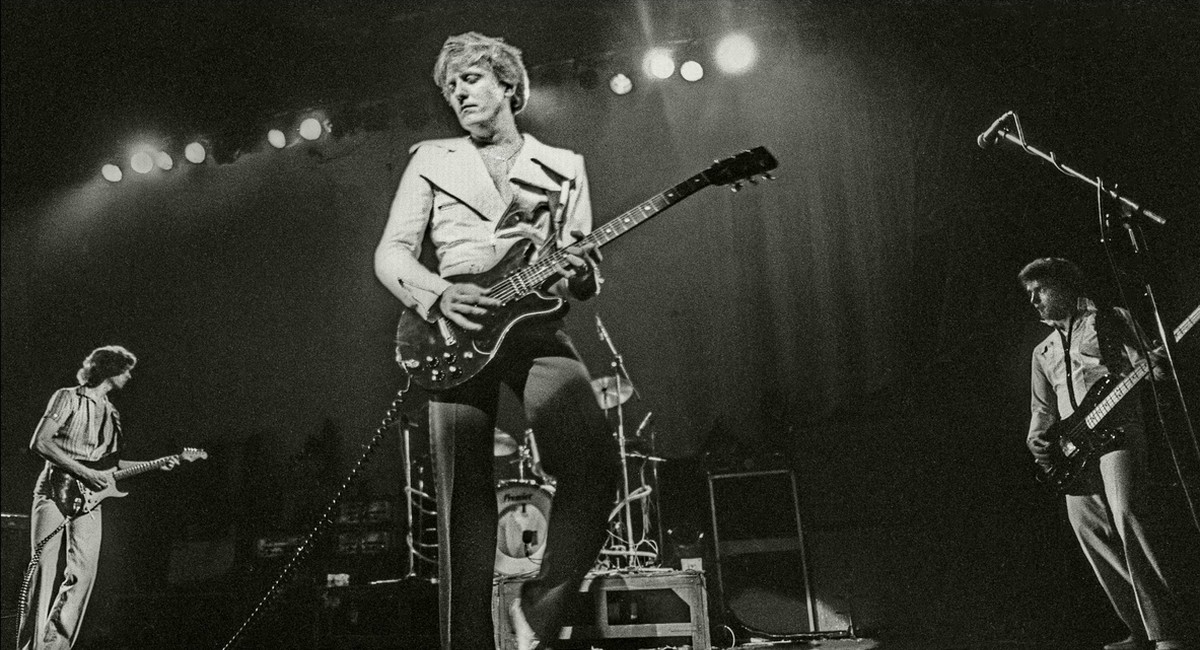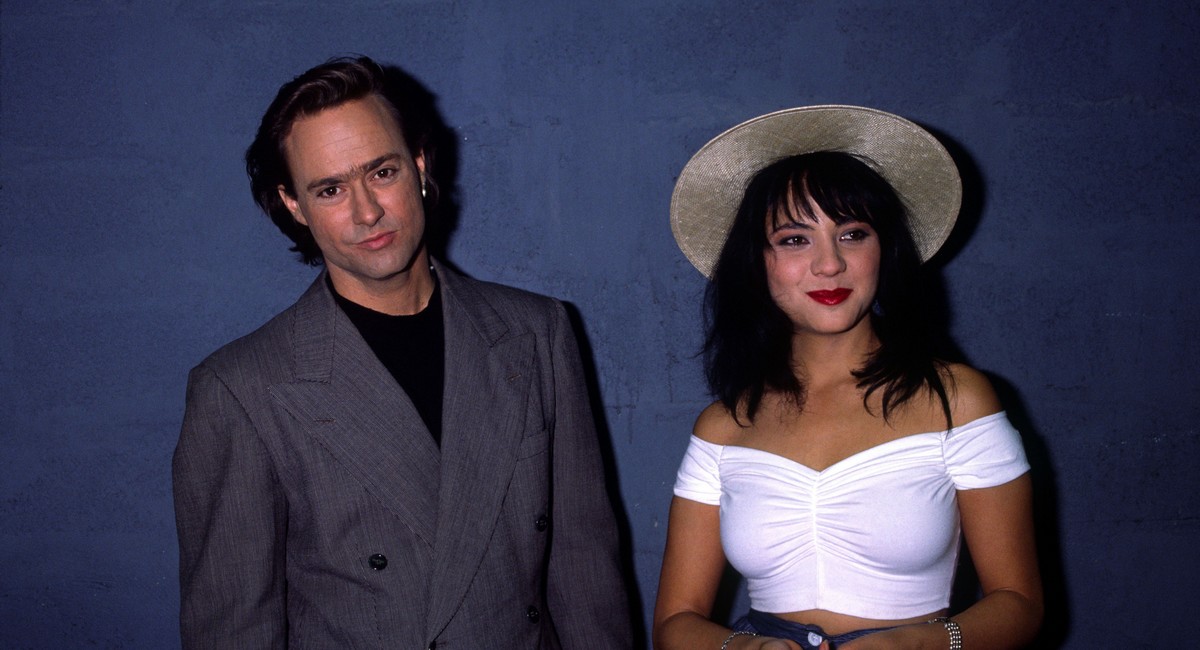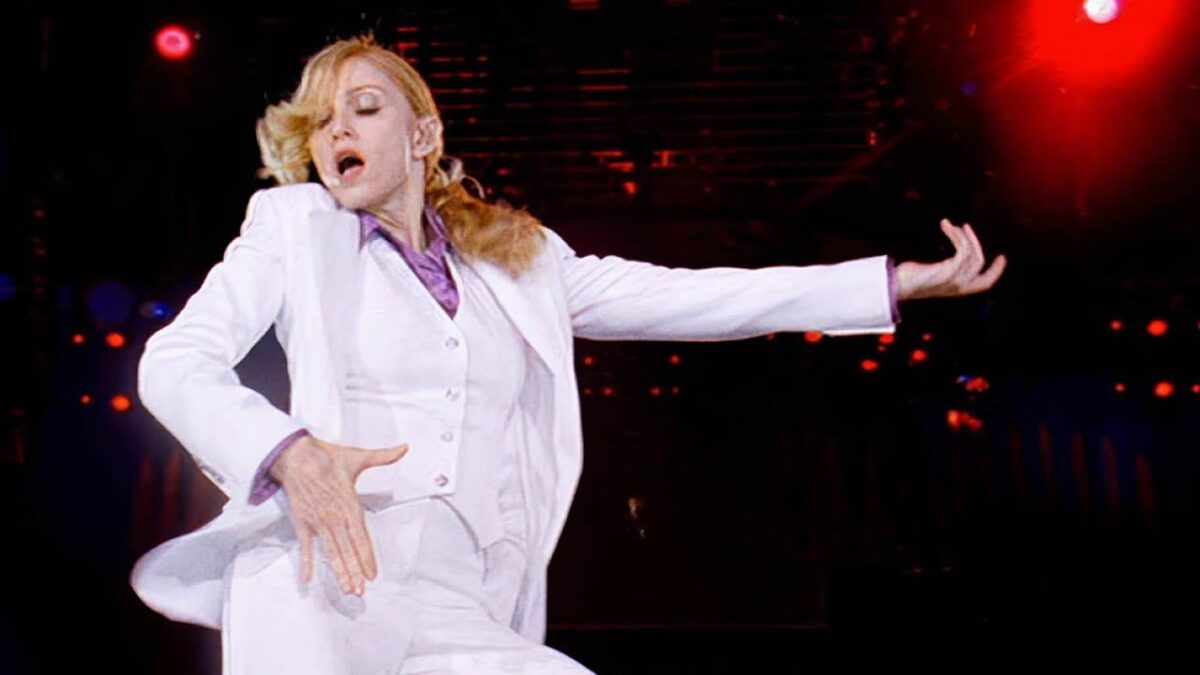Turning heartache into light
The album opens the sea. Always in my head floats in like a half-formed memory colored in delicate pulses and see-through echoes. Returning here after years of stadium-sized choruses and rainbow harmonies, Coldplay bring back a sound devoid of grandeur. This is the sound of a heart closing in on itself softly, like wings collapsing. During a difficult period for Chris Martin, the recording process developed in London and Los Angeles and always late at night in the quiet of little, dim rooms. Sessions were conducted there. Inviting the listener to lean closer, the group decided to use restraint and layered textures instead of dynamics.
Magic, regular and weightless, forms the record’s centrepoint. Martin sings as though convincing himself of the truth he speaks; the beat travels in circles and the words hardly touch the ground. The song’s weight is maintained in repetition, in the area between each phrase. Like several other tracks on the album, this one grew out of a need to come to grips with what cannot be changed—only experienced. The band characterized the recording as an honest one, not of healing. Here there are no announcements, no triumphant arcs, just subdued releases.
Ink conveys the sound of footsteps down a coastline; each note gently glides over the next. The manner it unfolds has grace; the guitar lines sparkle like light on water. The lyrics imply maps, tattoos, instructions—symbols and fragments—as though looking for clues among the ruins of something gone. Coldplay never rush through this area. Each song is molded like a letter unsent, rewritten many times beneath several moons.
True Love opens the album’s heart. While the orchestral swells behind it like a sluggish tide, Jonny Buckland’s guitar cuts across the mix with accuracy, each note held like breath. Martin’s delivery has vulnerability; every syllable seems to pass over a frozen surface before reaching the listener. Approaching this song with caution, the band kept its rawness throughout several sessions. Though not in musical flourishes, Brian Eno’s impact hangs in the background in attitude and discipline.
Ghost Stories is a journey of unconditional love that asks how do you let the things that happen to you in the past, your ghosts, how do you let them affect your present and your future?
(Chris Martin, BBC Radio 1, 2018)
Midnight changes the scene about halfway through the album. Accompanied by synth ripples like wind through empty trees, a vocoder-wrapped voice evaporates into shadows. Drawing influence from minimalist electronic musicians, the band had been experimenting with Bon Iver-esque processing and ambient arrangements. The track represents a turning point, pointing to the journey from grief to acceptance. It has no climax; rather, it has a horizon that extends farther with every listening.
Oceans gently anchor the second half with acoustic tone. Recorded in one take, it captures flaws and pauses, hence fostering intimacy. Like messages in bottles, the words drift never imposed, never clarified. Coldplay accept this frailty as form and choose to capture the sensation as it arises rather than to clean it off. The track brings back early studio sessions late at night with faint lights and the sound of ancient wooden instruments.
O closes the album with a muted climb, leaving nothing undone. Piano and silence help voices to float through space. It fades without solution, as though going beyond the final note. Between presence and memory, a place where songs only seek presence, Ghost Stories resides. Here, Coldplay created a moment meant to the quiet listener, to the one who most distinctly hears music in the spaces between the sounds.
